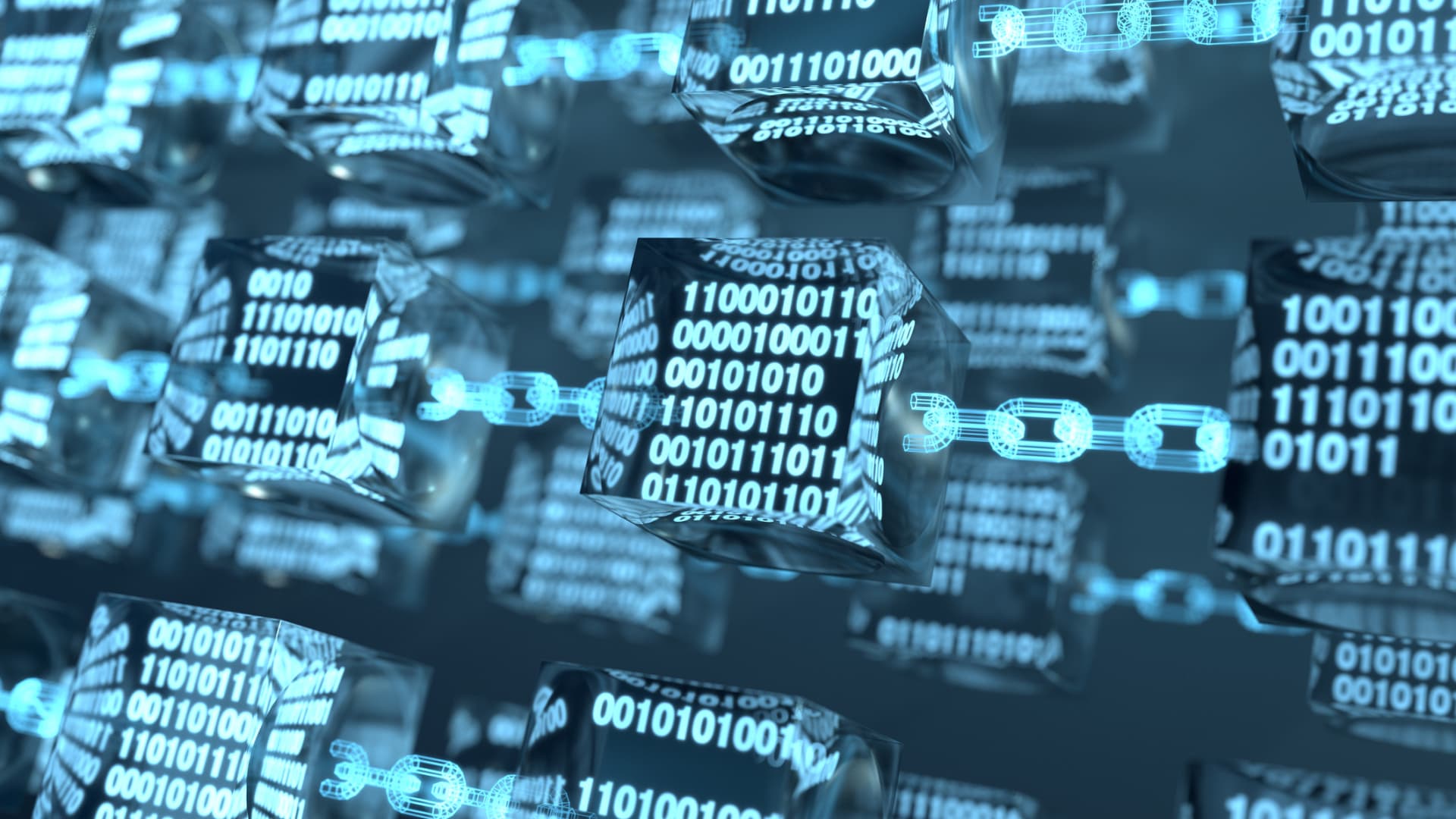Tokenizing real-world assets on a blockchain is one of the buzziest topics of the year, and this time it isn’t just coming from financial incumbents like Citi, JPMorgan and Northern Trust, it’s coming from crypto native players, too.
The initial hype around tokenization using blockchains began around 2015 among banks who said they could never embrace bitcoin or cryptocurrencies, but that their underlying ledger technology could potentially be a game changer by making way for 24/7 settlement, guaranteed execution and lower transaction fees. As the world of crypto becomes more connected to the broader financial market, the appetite for tokenizing real-world assets, or RWA, is coming from smaller participants as well.
“When RWA first started trending we looked at institutions like high net worth individuals, family offices, pension funds [and] university endowments – and that’s still true but there has been the emergence of what I would think of as on-chain institutions,” Maria Shen, a general partner at Electric Capital, told CNBC.
For example, the DeFi protocol MakerDAO.
“MakerDAO works with institutions that borrow dai, which is the stablecoin, and effectively tokenize T-bills that MakerDAO then uses in its ecosystem,” Shen said. “That’s been a really interesting shift that’s never happened before.”
She broke it down into retail users who can use RWAs for remittances and savings, businesses that use stablecoins to pay suppliers and in-chain institutions like MakerDAO that try to access yield through tokenized Treasurys.
Kraken Ventures’ Stuti Pandey said since tokenization’s last hype cycle, RWAs have benefited from changes in economics, technology and credibility.
“Over the past few years, interest rates have been very depressed and that has favored very high growth, high risk assets,” she said. “In decentralized finance, you had synthetic yields between 80% and 200%, so RWAs didn’t really have a chance to thrive. Now that rates are down, it’s actually these real-world assets that have interesting yield.”
They can also benefit from better tokenization infrastructure and get mindshare this time around, she added.
